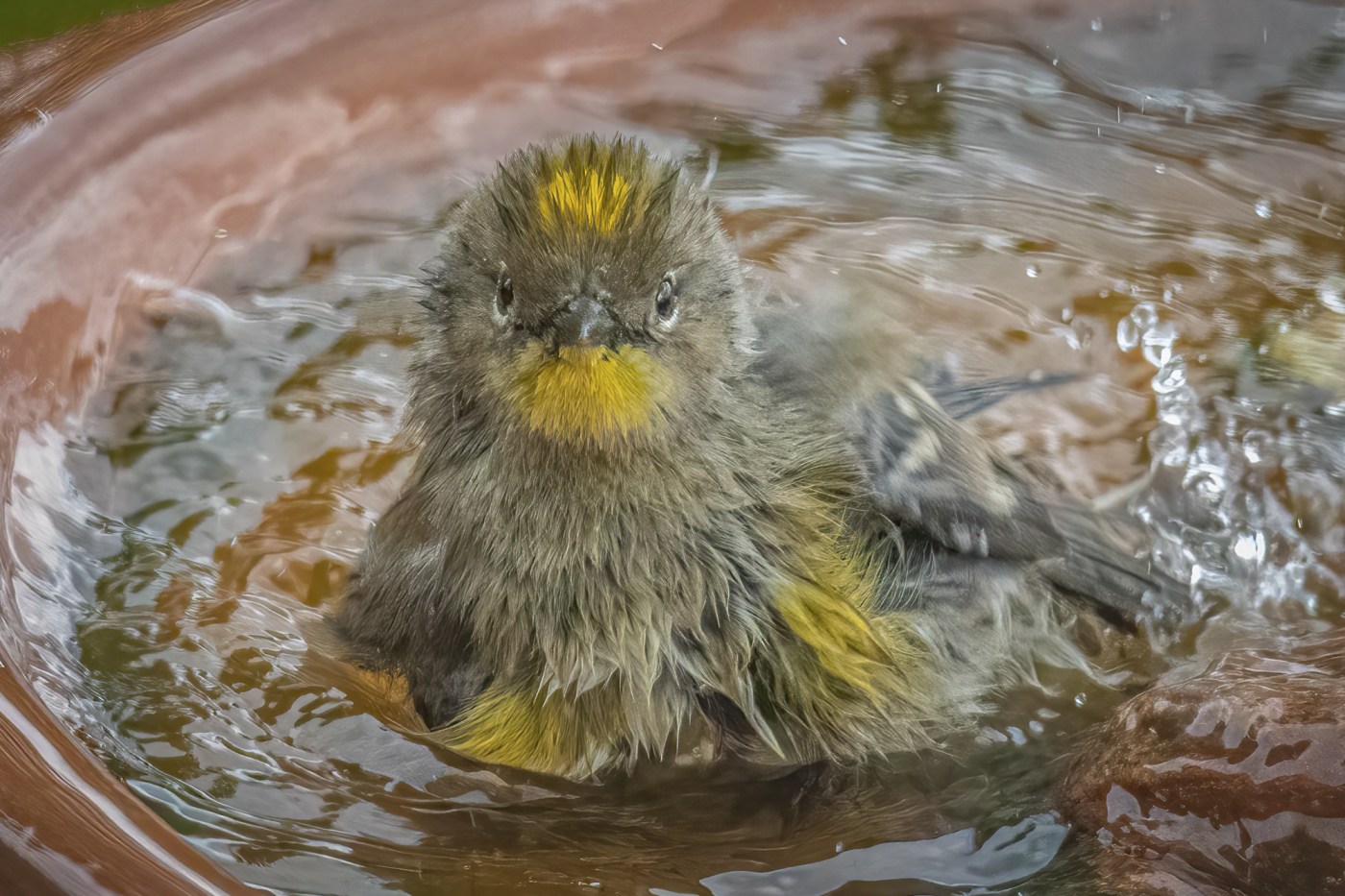Science
Discover How eBird Revolutionizes Birdwatching Worldwide

Birdwatchers around the world now benefit from a powerful online tool called eBird, which enhances the experience of tracking bird migrations and contributes to vital conservation efforts. Managed by the Cornell Lab of Ornithology, this free platform has transformed how enthusiasts and scientists alike gather and share data about bird populations.
The success of eBird is rooted in the collaboration of millions of citizen scientists and over 2,000 volunteer bird experts who validate sightings. Since its launch in 2002, eBird has amassed billions of observations, making it one of the largest biodiversity projects globally. Last week, I spoke with Jenna Curtis, the eBird Community Lead, who emphasized the platform’s importance for users ranging from high school students to professional scientists.
Collaborative Citizen Science in Action
Curtis described eBird as “citizen science on steroids,” highlighting its rapid growth. The first 1 billion observations took 19 years to collect, while the subsequent billion were recorded in just four years. With projections indicating over 3 billion observations by the end of this decade, the platform is swiftly becoming an indispensable resource for understanding avian populations and trends.
Users start by creating a free eBird account, which grants access to an online course called eBird Essentials. This course equips users with essential birding skills. After setting up an account, eBirders can submit checklists detailing their observations, including location, time, and species. Images and sound recordings can also be included to enrich the data submitted.
Once a checklist is reviewed by volunteer experts, it becomes part of eBird’s extensive database. This information not only aids recreational birders but also serves scientists monitoring bird populations and migration patterns. Curtis noted, “This is only possible through the millions of eBirders sharing experiences. I can’t stress enough how valuable this information is.”
A Valuable Resource for Conservation
The data collected through eBird has significant implications for conservation strategies. Researchers utilize this information to monitor bird distribution, assess population trends, and identify environmental threats. Curtis highlighted that the platform’s effectiveness demonstrates the widespread love for wild birds. She herself has recorded over 7,700 sightings, expressing the joy and fascination that birdwatching brings.
eBird not only provides a means for individuals to track their birding activities but also offers tools for exploring global birding hotspots, searching species by photos and sounds, and receiving alerts about local sightings. This feature proves invaluable for enthusiasts eager to learn about seasonal or rare bird occurrences in their areas.
As the platform continues to expand, it showcases the collective efforts of birdwatchers worldwide. The most recent data indicates that eBird is on course to become a cornerstone in avian research and conservation.
In addition to eBird’s achievements, birdwatchers can look forward to community events. For instance, the Friends of Palomar Mountain State Park will host a free Harvest Festival on November 1, 2024, celebrating local heritage and nature. The festival will feature activities, crafts, and insights into the area’s history.
Another upcoming event is the 20th annual Anza-Borrego Desert Photo Contest, which invites submissions from November 1 to December 10. This competition encourages photographers of all ages to capture the beauty of the Anza-Borrego Desert, further fostering a connection to nature.
With tools like eBird, the future of birdwatching and conservation looks bright, making it easier than ever for enthusiasts to participate and contribute to the understanding of avian life. The ongoing collaboration between dedicated birders and scientists promises to yield valuable insights for years to come.
-

 World1 week ago
World1 week agoMass Production of F-35 Fighter Jet Drives Down Costs
-

 World1 week ago
World1 week agoGlobal Air Forces Ranked by Annual Defense Budgets in 2025
-

 Top Stories1 week ago
Top Stories1 week agoNew ‘Star Trek: Voyager’ Game Demo Released, Players Test Limits
-

 Top Stories1 week ago
Top Stories1 week agoDirecTV to Launch AI-Driven Ads with User Likenesses in 2026
-

 Science1 week ago
Science1 week agoTime Crystals Revolutionize Quantum Computing Potential
-

 Entertainment1 week ago
Entertainment1 week agoFreeport Art Gallery Transforms Waste into Creative Masterpieces
-

 Lifestyle1 week ago
Lifestyle1 week agoDiscover Reese Witherspoon’s Chic Dining Room Style for Under $25
-

 World1 week ago
World1 week agoElectrification Challenges Demand Advanced Multiphysics Modeling
-

 Lifestyle1 week ago
Lifestyle1 week agoLia Thomas Honored with ‘Voice of Inspiration’ Award at Dodgers Event
-

 Health1 week ago
Health1 week agoGavin Newsom Critiques Trump’s Health and National Guard Plans
-

 Entertainment1 week ago
Entertainment1 week agoFast & Furious Coaster Hits the Track at Universal Studios
-

 Health1 week ago
Health1 week agoResearchers Uncover New Insights into Cancer Mortality Causes









